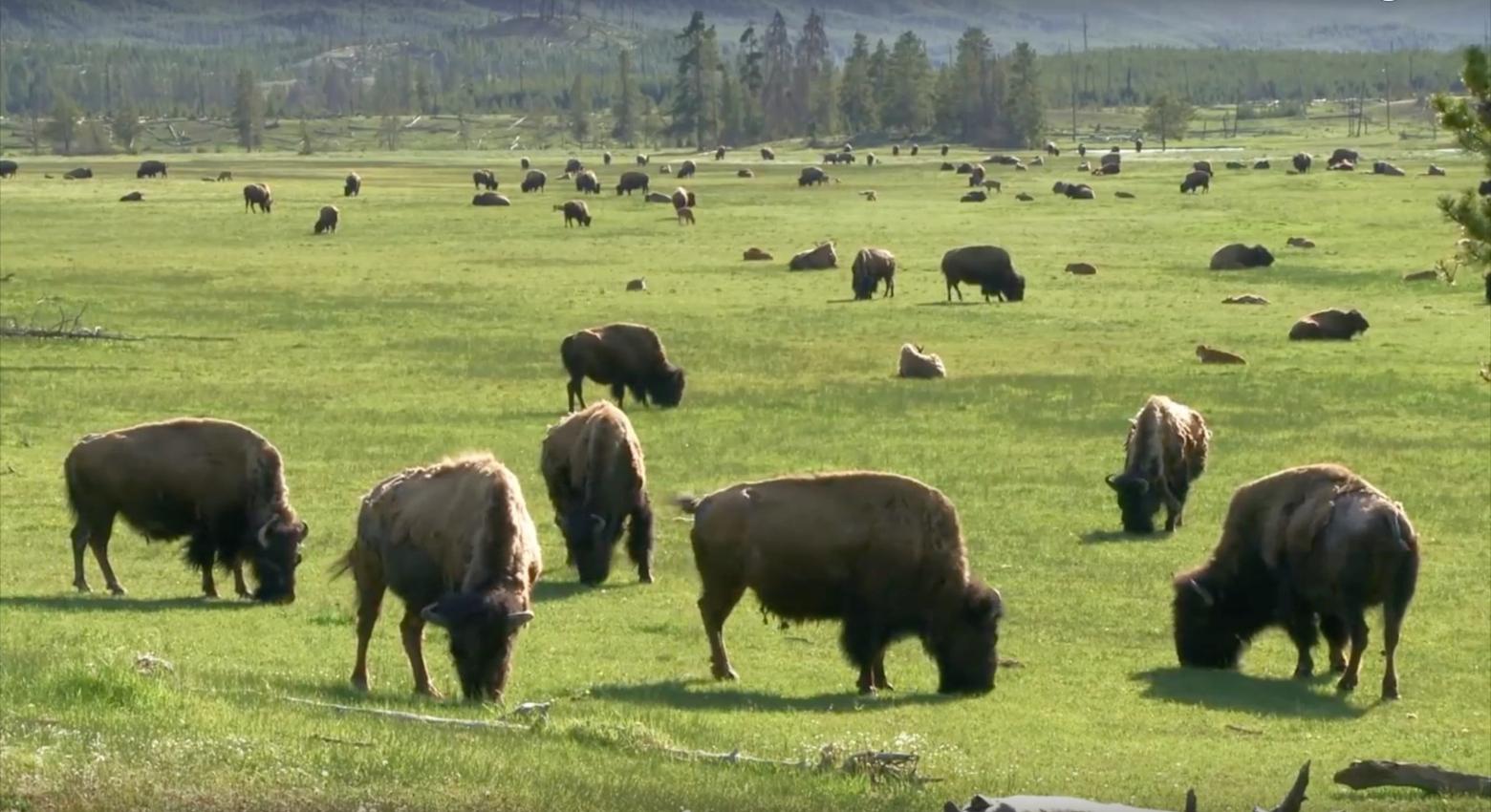Back to Stories
April 15, 2018
Killing The Yellowstone Icons They Are Encharged to Protect
Park Superintendent Dan Wenk talks about how his rangers loathe having to destroy bison to appease the Montana Department of Livestock
For more than a quarter century, we've been writing about the Yellowstone bison controversy which involves buffalo being shot or slaughtered when they leave the national park and enter Montana. The premise has always been that bison, as a carriers of the bovine disease, brucellosis, represent a grave and imminent threat to private cattle herds in the state.
In summer 2017, the National Academies of Sciences released its long-awaited report showing that, in fact, bison represent a miniscule menace of transmitting disease and that the big risk is wild, free-ranging elk that also carry it. Every single one of the cases involve brucellosis being passed from wildlife to domestic cattle have involved elk.
Still, over 11,000 iconic Yellowstone bison, survivors of a near brush with species extinction at the end of the 19th century, have been shot or sent to slaughter. Yellowstone is under court order to assist with the lethal management of bison as part of a management plan created in 2000 that also involves the state of Montana and the U.S. Department of Agriculture's Animal and Plant Health Inspection Service.
That 18-year-old plan was based on the premise, now debunked, that bison must killed in order to prevent disease spread. Notably, nothing is being done to lethally control numbers of elk coming out of the park. Yellowstone bison, in fact, are the only species in the Greater Yellowstone Ecosystem that is prevented from being allowed to naturally migrate between snowy high country and lower-elevation grasslands.
During the time that this contentious battle has played out, we have been in contact with many employees of the National Park Service. Many of the years have told us they are "heartsick" over the treatment of bison and that they are forced, against their will, to appease the Montana Department of Livestock in its insistence that bison be destroyed.


